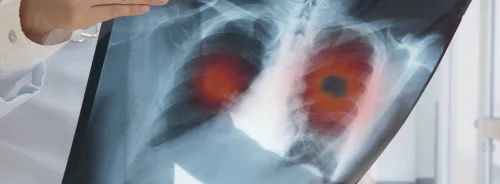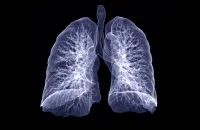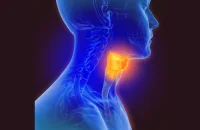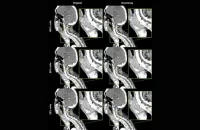In a recent analysis published in Emergency Radiology, researchers examined the appropriateness and outcomes of ultrasound (US), computed tomography (CT), and magnetic resonance (MR) orders in the emergency department (ED) of a large academic centre. The study revealed concerning trends, indicating that a significant portion of imaging exams in the ED may be unnecessary and fail to uncover relevant findings.
Assessing Imaging Appropriateness with ACR Criteria
Using the American College of Radiology Appropriateness Criteria (ACRAC) as a guideline, the researchers assessed the appropriateness of imaging orders. They compared the final reports with the ordering providers' initial clinical suspicions. The findings shed light on the prevalence of inappropriate imaging orders, with nearly 60% being deemed inappropriate overall. Among the different modalities, ultrasound had the highest rate of inappropriate orders, followed by MRI and CT. Shockingly, in some cases, more than half of the requests were found to be incompatible with the initial clinical suspicion. Even more concerning was the discovery that nearly two-thirds of these inappropriate requests yielded no suspicious findings upon examination.
Urgent Need for Adherence to ACR Criteria
The study emphasised the importance of awareness regarding ACR appropriateness criteria, suggesting that a lack of familiarity with these guidelines might contribute to the underutilisation of appropriate imaging practices. This underutilisation leads to overuse of imaging and results in suboptimal modality choices, potentially necessitating multiple orders during the same visit. Furthermore, concerns about missing underlying issues and the fear of malpractice consequences were cited as possible reasons behind inappropriate orders. Apart from the low diagnostic yield, inappropriate orders were highlighted as problematic due to their contribution to the increasing healthcare cost burden and the unnecessary exposure of patients to ionising radiation. These issues underscore the urgent need for better adherence to appropriateness criteria and improved decision-making processes when ordering imaging exams in the ED.
Methodology and Findings: Imaging Order Disparities
The study's methodology involved a retrospective review of consecutive imaging orders for adult ED patients over a three-month period. The sample size was powered to detect a prevalence of inappropriate orders with a margin of error of 5%. Final imaging reports were compared with the initial clinical suspicion, categorising findings as "normal," "compatible with the initial diagnosis," "alternative diagnosis," or "inconclusive." Results showed that appropriately ordered imaging exams were nearly three times more likely to yield findings compatible with the initial diagnosis across all modalities. Conversely, inappropriate orders were more likely to show no abnormalities, further highlighting the disparity in diagnostic efficacy between appropriate and inappropriate imaging practices in the ED.
In conclusion, the study revealed a concerning prevalence of inappropriate imaging orders in the ED, emphasizing the crucial role of the medical community in improving adherence to appropriateness criteria and better decision-making processes. This is essential to ensure optimal patient care and resource utilization. Efforts to increase awareness and education regarding ACR appropriateness criteria among healthcare providers may help mitigate these issues and ultimately improve patient outcomes in the emergency setting.
Source: Emergency Radiology
Image Credit: iStock










